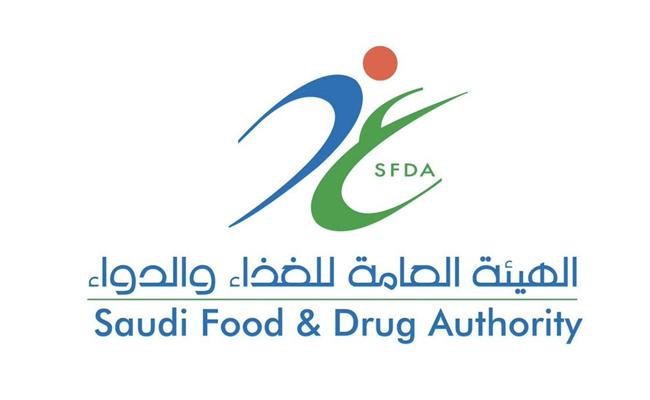

- Hajj And Omrah
-
About SFDA
About SFDA
SFDA in vision 2030
Authority Strategy
Career and Life
- Information Lists
-
Areas
- Consumer Corner
- Media Centre
- Eservices
Use of evidence-based therapies after discharge among elderly patients with acute myocardial infarction
Use of evidence-based therapies after discharge among elderly patients with acute myocardial infarction
Use of evidence-based therapies after discharge among elderly patients with acute myocardial infarction
2008-11-04
Postdischarge use of evidence-based drug therapies has been proposed as a measure of quality of care for myocardial infarction patients. We examined trends in the use of evidence-based drug therapies after discharge among elderly patients with myocardial infarction.
We performed a cross-sectional study in a retrospective population-based cohort that was created using linked administrative databases. We included patients aged 65 years and older who were discharged from hospital with a diagnosis of myocardial infarction between Apr. 1, 1992, and Mar. 31, 2005. We determined the annual percentage of patients who filled a prescription for statins, β-blockers and angiotensin-modifying drugs within 90 days after discharge.
Results: The percentage of patients who filled a prescription for a β-blocker increased from 42.6% in 1992 to 78.1% in 2005. The percentage of patients who filled a prescription for an angiotensin-modifying drug increased from 42.0% in 1992 to 78.4% in 2005. The percentage of patients who filled a prescription for a statin increased from 4.2% in 1992 to 79.2% in 2005. In 2005, about half of the hospitals had rates of use for each of these therapies that were less than 80%. The temporal rate of increase in statin use after discharge was slower among noncardiologists than among cardiologists (3.5%–2.8% slower). The rate of increase was 4.8% slower for among physicians with low volumes of myocardial infarction patients than among those with high volumes of such patients and was 5.7% greater at teaching hospitals compared with nonteaching hospitals.
Interpretation: Use of statins, β-blockers and angiotensin-modifying drugs increased from 1992 to 2005. The rate of increase in the use of these medications after discharge varied across physician and hospital characteristics.


